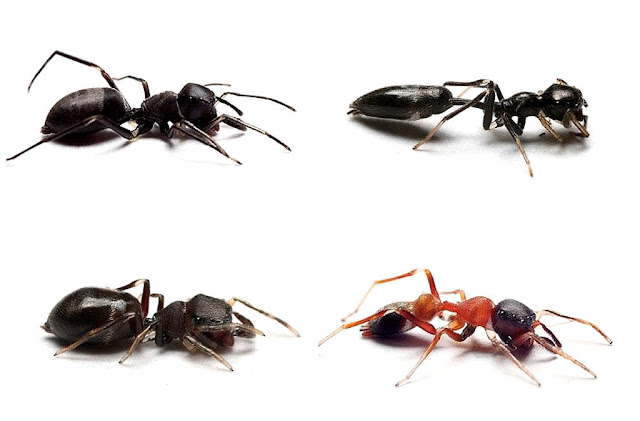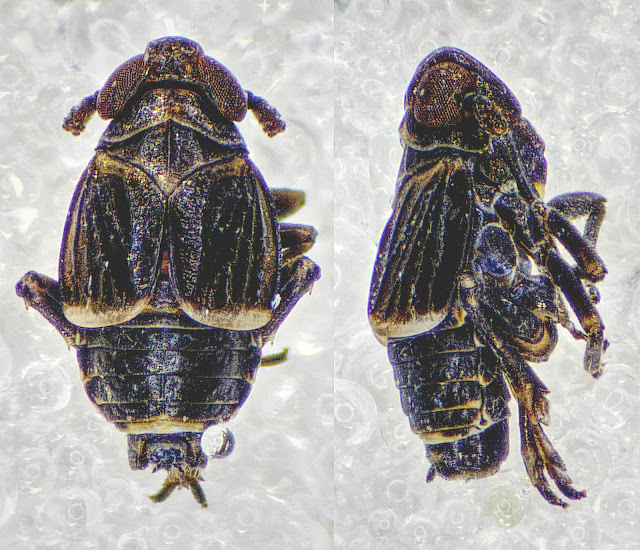Morphological ant mimicry by Myrmarachne [ant mimic] jumping spiders confers strong protective benefits against predators [considered to be a good example of Batesian mimicry].
BUT:
The ant-like appearance of Myrmarachne spiders, such as narrow and constricted body with an elongated pedicel, seems unsuitable for generating the high hemolymph pressure required for jumping.
Constraints on the jumping and prey-capture abilities of ant-mimicking spiders (Salticidae, Salticinae, Myrmarachne). Sci Rep 10, 18279 (2020)
https://doi.org/10.1038/s41598-020-75010-y




